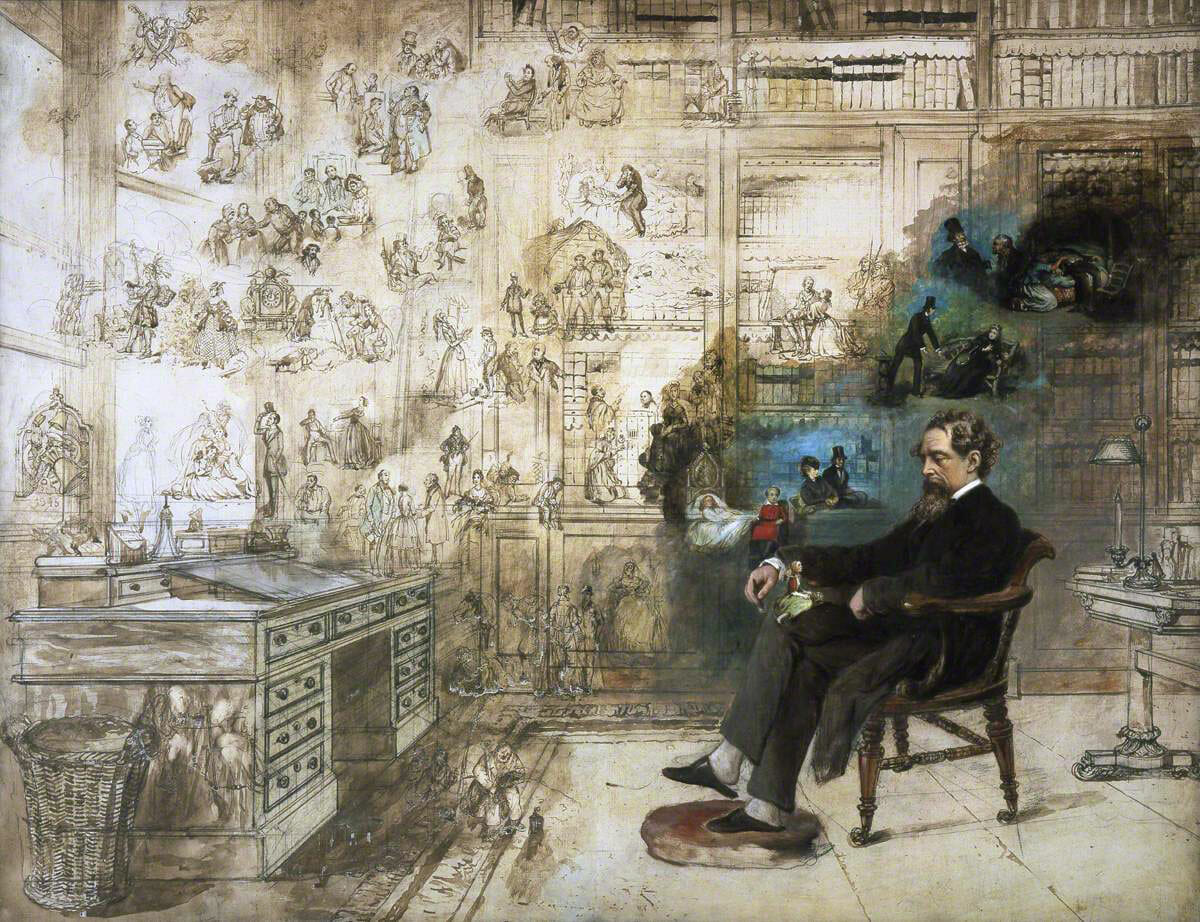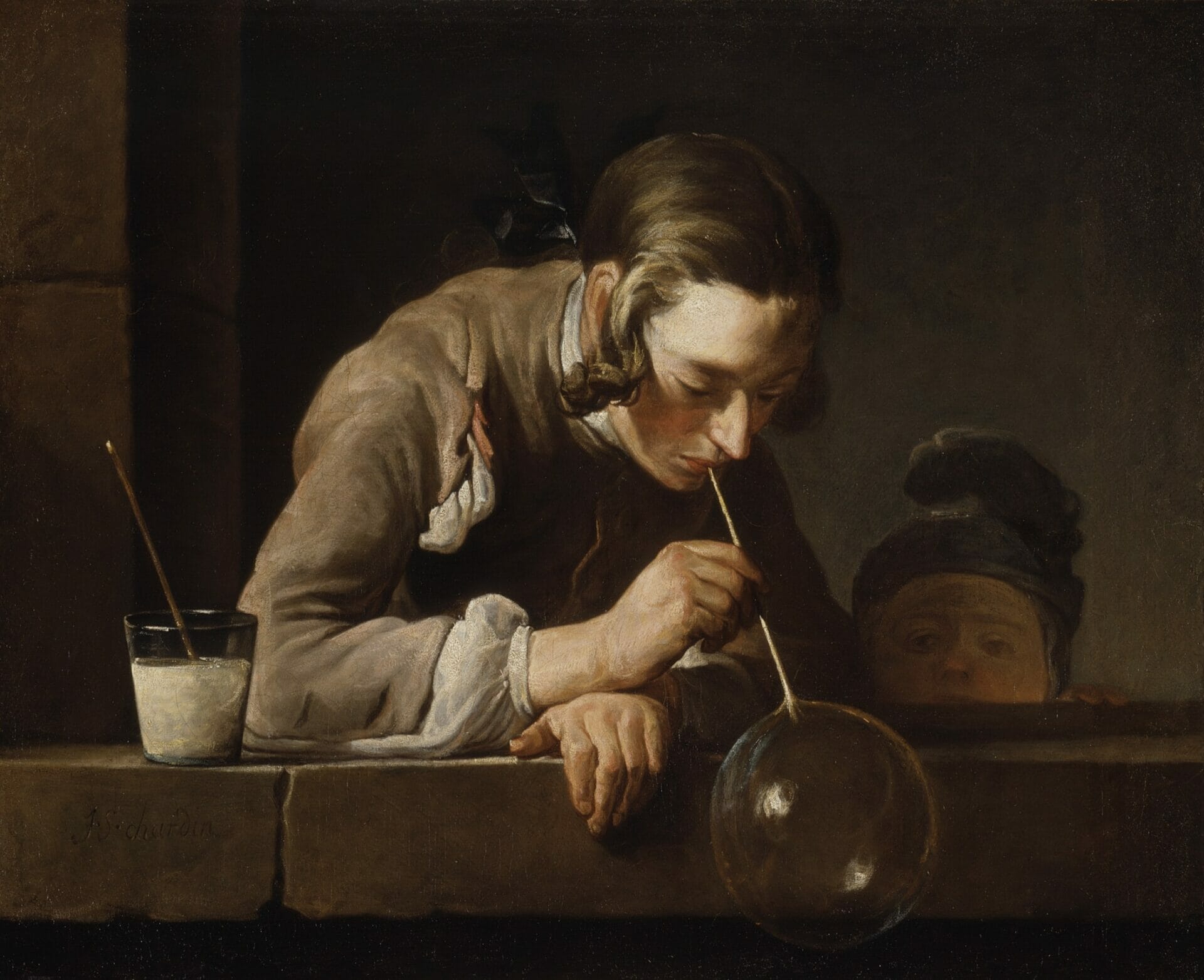
The Adventures of Pinocchio | Collodi's mischievous marionette
Author
Year
Format
The Adventures of Pinocchio is an Italian novel written for young boys and girls by Carlo Lorenzini, better known as Carlo Collodi. The plot revolves around the fantastic adventures lived by Pinocchio, a marionette built from a talking piece of wood by the woodcarver Geppetto.
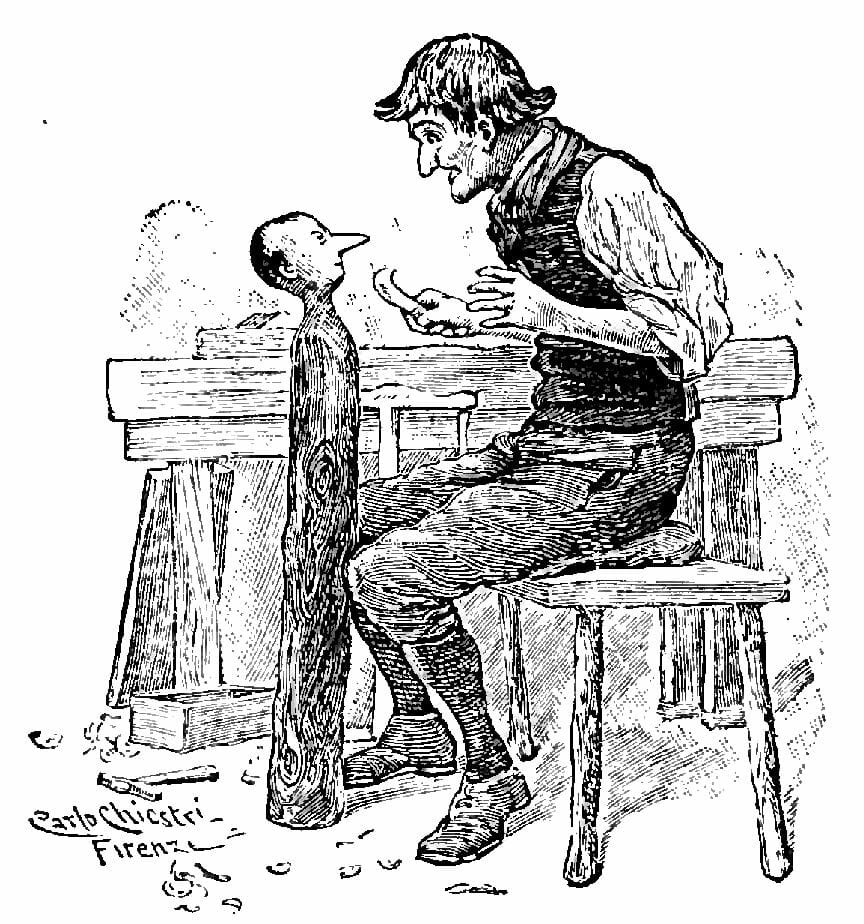

Considered to be one of the most translated books in history, The Adventures of Pinocchio deeply influenced popular culture. Some of its allegories and metaphors became Italian colloquial expressions and sayings. The most iconic being “the long nose” or “the growing nose” as a symbol for liars.
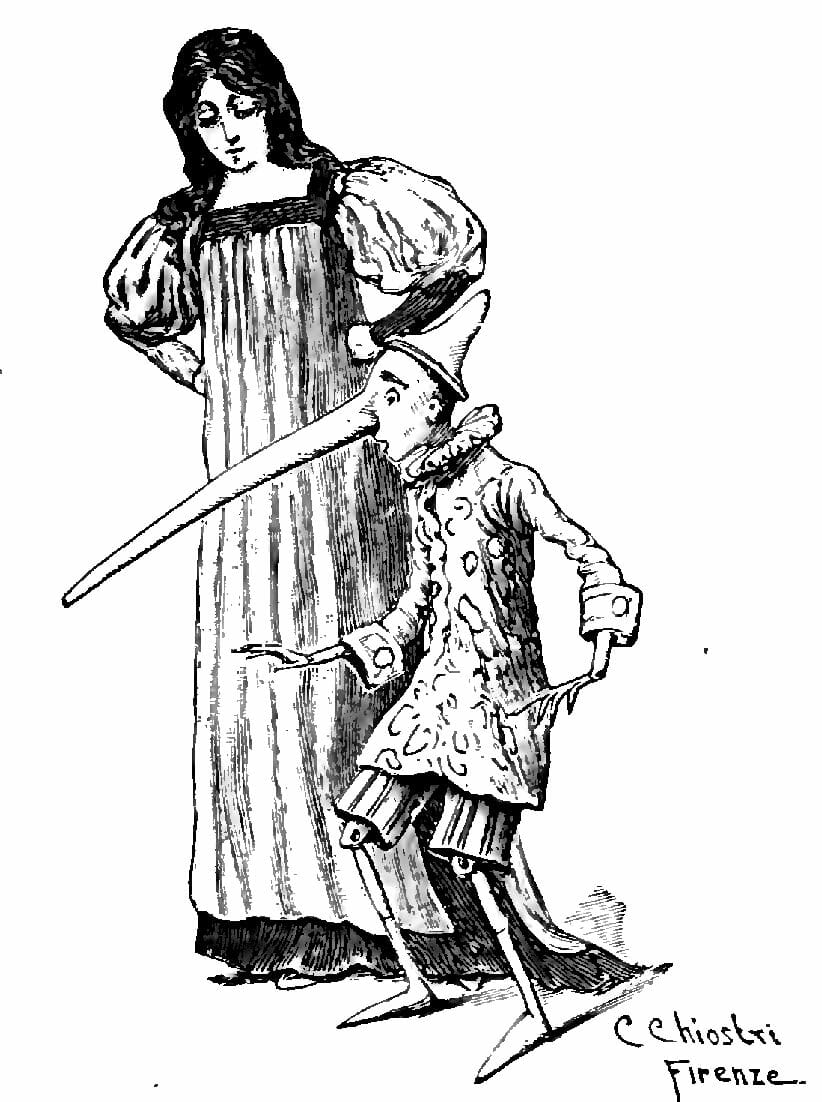
Collodi wrote The Adventures of Pinocchio in a serial form towards the end of 1800 for the children’s magazine Giornale dei bambini. Collodi subsequently reunited the stories in a book, but its origins appear in the auto-conclusiveness of the chapters.
The original language of Collodi’s most famous fable is Italian. His choice of words, however, intertwines inextricably with the Florentine dialect and Tuscan lexicon. This particular use of language contributes to the general vibrant and warm vibe expressed by the story.

A straightforward and intense simplicity
The Adventures of Pinocchio develops on a juxtaposition of vivid and colorful scenes. When Pinocchio finally comes alive, he can’t help but disobey the loving Geppetto. His evil disposition thus brings him onto a wrong path full of dangers.
The imaginary depicted by Collodi, enriched with talking animals and fantastic figures, compels its communicative strength. But like the original versions of many of nowadays popular children’s stories, Pinocchio is also tragic and gruesome. Indeed he meets assassins that try to stab him, gets hanged, and almost dies more than once.
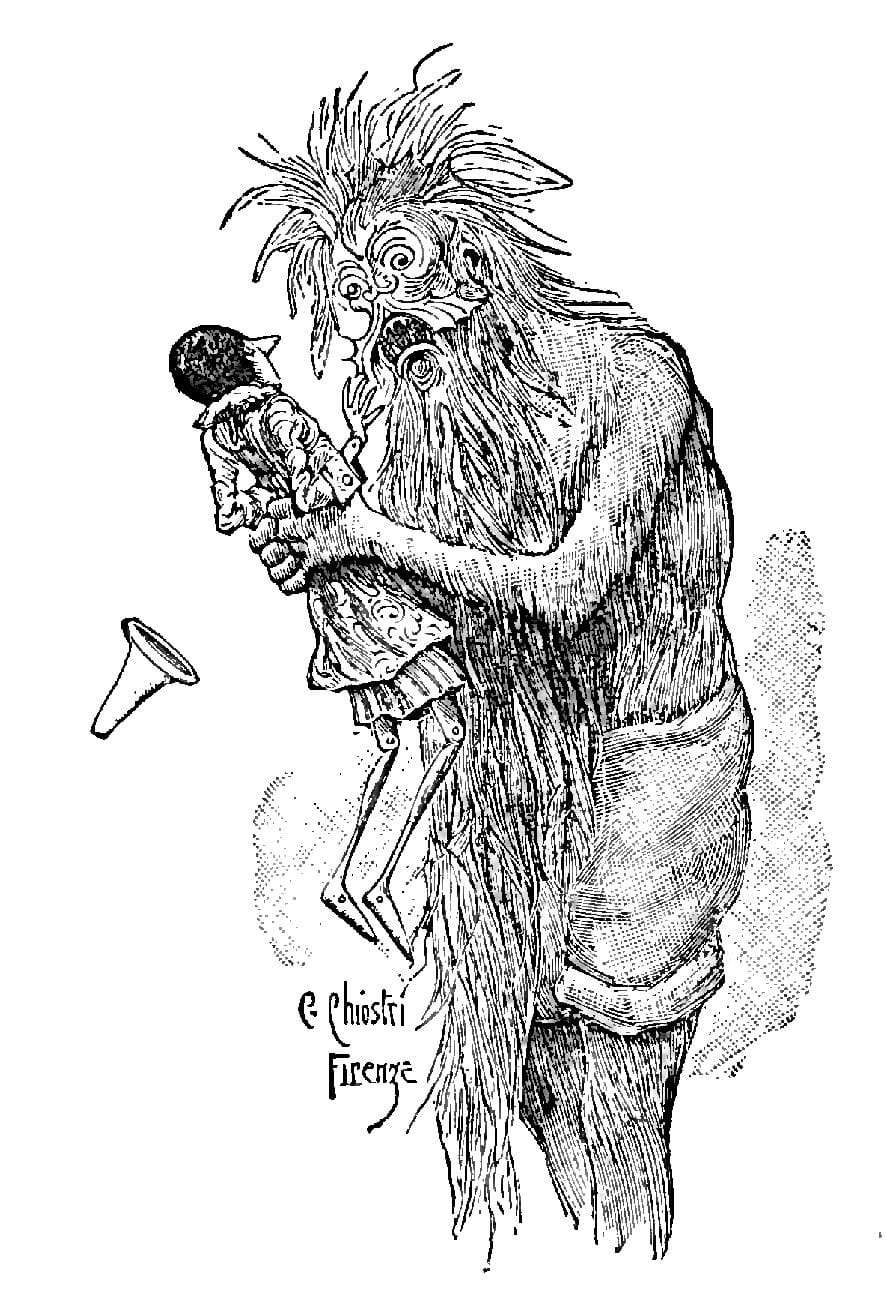
However, there are also comforting moments of sweetness and unconditional love. The woodworker Geppetto and the Fairy with Turquoise Hair represent a fatherly and motherly figure always capable of forgiving Pinocchio. Also, Pinocchio displays unselfish generosity, such as when he offers his life for a fellow marionette, or when he tries to save a drowning Geppetto.
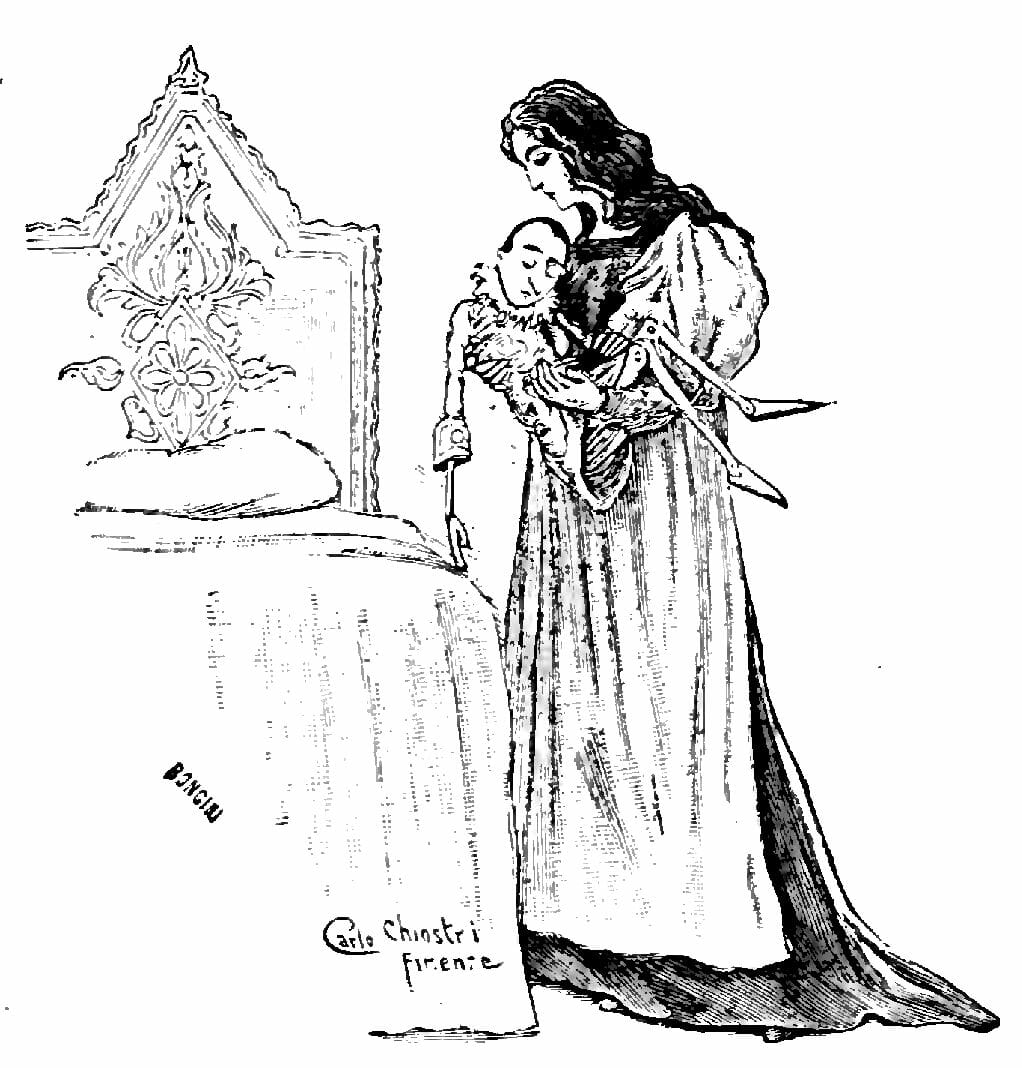
Morals built on common knowledge
Pinocchio’s disposition is a mixture of children’s flaws. Pinocchio superficially appears lazy, idle, naive, deceitful, stubborn, bad-tempered, and patsy. But he’s also profoundly good-hearted. After every misadventure, he realizes his mistakes and promises not to misbehave again, in the name of his love for his father. He then fails every time to keep his promise.
Every piece of adventure incarnates one or more lessons of popular knowledge and common beliefs on morals. The reader can enjoy each episode almost like an independent fable warning about the dangers of the world or one’s indolence. Wrongdoings always end in unpleasant punishments, while only good deeds reward the poor Pinocchio.
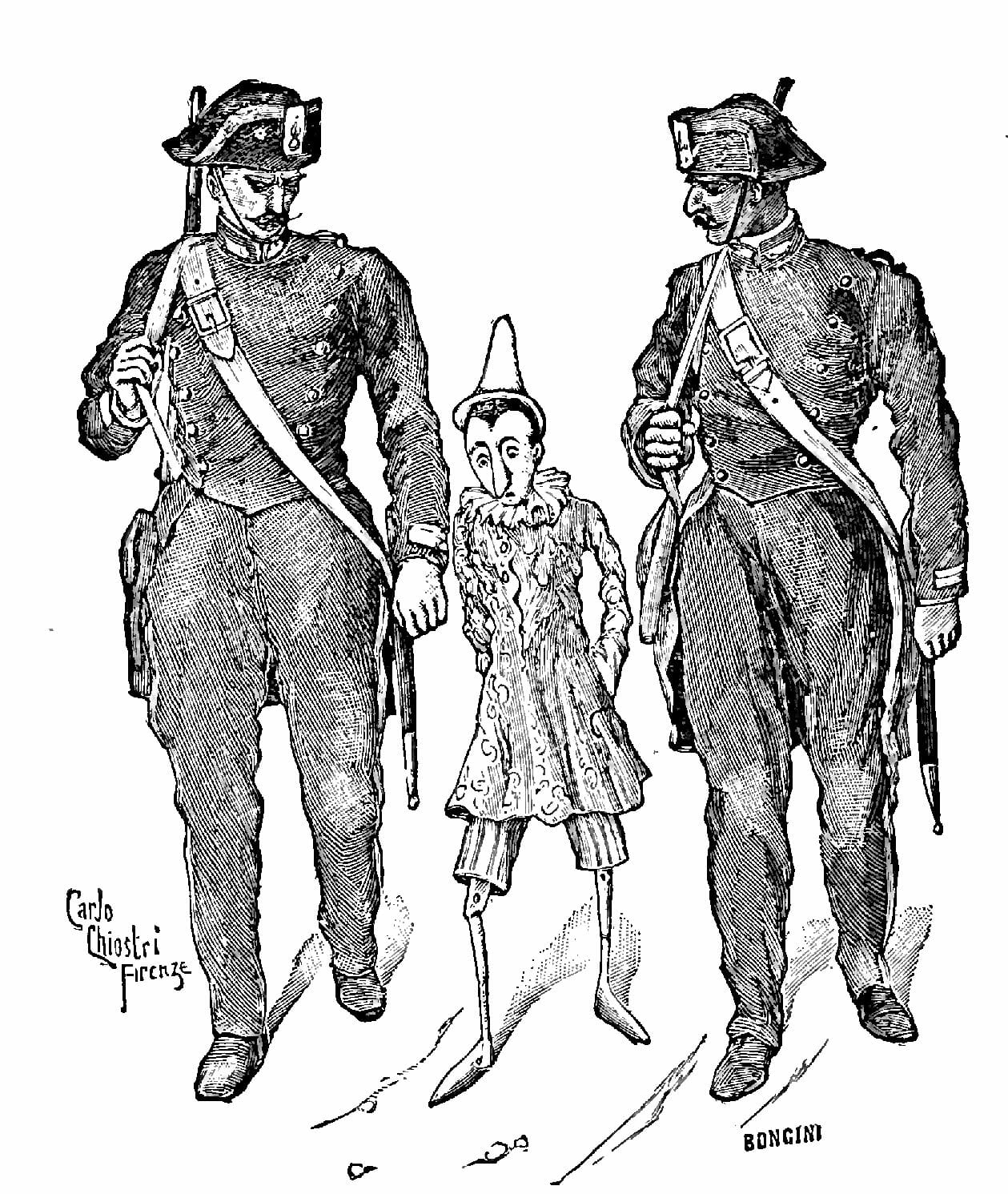
Pinocchio’s omnipresence in culture and arts
Several turning points in The Adventures of Pinocchio became cultural tropes diffused in thousands of different stories that followed its publication. Also, adaptations of this story find no boundaries: literature, cinema, television, radio, theatre, dance, music, comics, and art count their versions of the fable.
Two of them, though, are particularly noteworthy. One of them is Pinocchio, the 1940 Walt Disney animated version. It sweetened and lightened the darkest tones of the story, reestablishing it for the tastes of modern children. The other is the drama A.I., Steven Spielberg‘s adaptation. Keeping the original distressing atmosphere, the film opened new moral questions by substituting the marionette with a wanting-to-be-real robot child.
Furthermore, in Collodi, the Italian village from which the author took its pen name, one can explore the theme park dedicated to the story. It holds sculptures dedicated to the characters and a museum hosting contemporary art exhibitions. It also presents a digital library in which it is possible to discover several editions of The Adventures of Pinocchio published all over the world.
Tag
Buy a ☕ for Hypercritic







